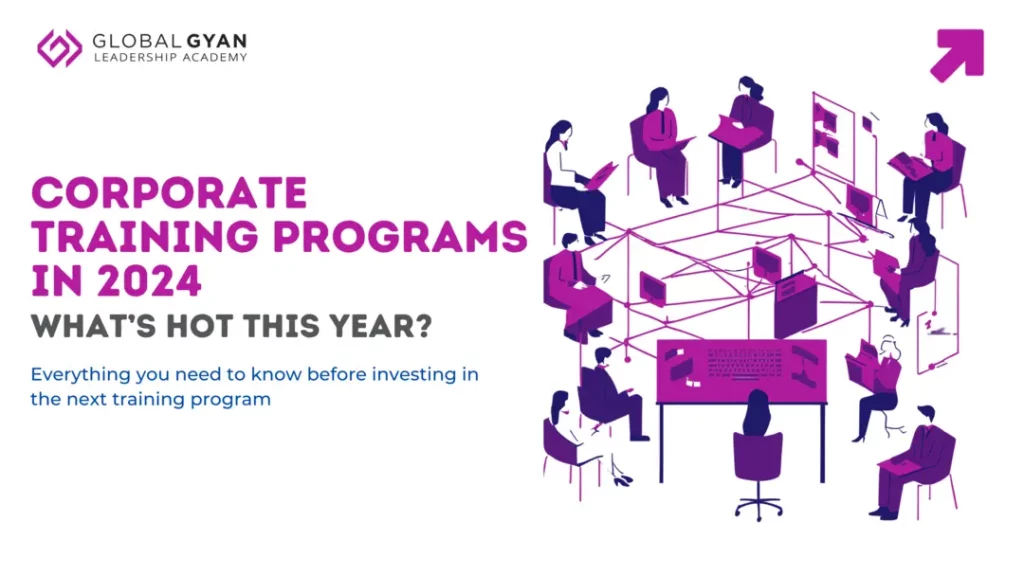How can New Managers Create Synergistic Teams?


In terms of complexity mainly – cross-functional teams working together across continents, one manager across multiple teams (matrix structure), etc.—it is no wonder that diverse teams are becoming the norm. And we don’t mean diversity merely in terms of gender and ethnicity, but also skills and competencies. For first-time managers, managing such teams can pose a slew of challenges. You may inevitably feel like screaming into the void and kicking down walls… to no avail.
Consider this instead: what if you empower your team to share your burdens? That is, after all, one of the biggest benefits of having a diverse team. You work with complementary personalities & skillsets; where one is lacking, the other soars; where one withholds, the other splurges; where one makes mistakes, the other rectifies… You get the drill, right? It’s all about balance, striking the sweet spot between underachieving and burning out.
Before we delve into how to create holistic, complementary teams, let’s understand the underlying differences between a group and a team. In the 1990s, Jon Katzenbach and Douglas Smith defined “The Discipline of Teams”, where they highlighted the primary differences between a working group and team. Ponder on these differences before you let your worries consume you.
Source: Harvard Business Review
Now that we’ve the basics in place, let’s see why complementary teams are advantageous to organisations and what strategies new managers can apply to tap into your team’s true potential.
In this article, we will cover:
- Complementary Teams what’s the fuss about?
- Implement the Belbin Team Role Theory to Leverage Diversity for Synergy
- Apply the RACI Matrix to Encourage Open Communication
- Implement the SCRUM Framework to Foster a Collaborative Environment
Complementary Teams – What’s the Fuss About?
One of our participants, Ranjana, shared her experience of dealing with her very first managerial hurdle, “I was managing inventory at the company’s warehouse when we saw a sudden surge in the demand for our biscuits. The inventory flagged 2000 available units, while an order for 7000 units had just come through. I was on the shop floor and my team of 5 was stationed at the back office. I went into panic mode. But then I took a step back and rushed back to the office. I gathered my team together and laid out the problem to them plainly – we needed to efficiently coordinate supply chain, logistics and store operations for the next 6 hours”.
“Two of my team members took the lead analysing data; what was available and what were the potential supply chain bottlenecks. They readied the report in under 2 hours and passed it on to two other team members who were in charge of ironing out supply chain details like procurement, preparation and logistics. The four of them worked together to design contingency plans where the estimates were slightly off. The last team member worked on invoicing and intimating our store personnel about the incoming order and its estimate. We delivered the order in the promised 6 hours and all I did was follow up with my team every one hour”.
What Ranjana’s case shows us is that having a complementary team is imperative for the quick resolution of dynamic problems. Had her team members not taken the lead in focusing on different areas of the issue at hand, the organisation would have potentially lost a major order and client. Imagine the loss of revenues and tarnished reputation that would have followed!
So, how can new managers efficiently leverage their team’s many capabilities for organisational success?
1. Implement the Belbin Team Role Theory to Leverage Diversity for Synergy
After years of extensive research and conducting empirical studies, Dr Meredith Belbin developed a “Team Role” theory for building complementary teams. He proposed that high-functioning teams have a healthy mix of nine distinct character & personality types, harbouring their own set of strengths and weaknesses in relation to team progression. These are:
- Outgoing and inquisitive Resource Investigator
- Co-operative Teamworker
- Mature yet confident Co-ordinator
- Creative and imaginative Plant
- Sober and strategic Monitor Evaluator
- Subject-matter expert or Specialist
- Challenging and dynamic Shaper
- Practical yet reliable & efficient Implementer; and
- Conscientious (Completer) Finisher
The types of behaviour in which people engage are infinite. But the range of useful behaviours, which make an effective contribution to team performance, is finite. These behaviours are grouped into a set number of related clusters, to which the term ‘Team Role’ is applied.
– Meredith Belbin
Managers should conduct the Team Role Self-Perception Inventory (TRSPI) assessment to evaluate the various personality types, diversity in skills and work styles available at their disposal to create well-rounded teams. Chinese juggernaut Alibaba successfully integrated the Belbin assessment “to foster better within-team and cross-team co-operations throughout” the organisation. The model has also found credibility among numerous FTSE-100 companies, government organisations and MNCs and has been translated into 16 different languages.
2. Apply the RACI Matrix to Encourage Open Communication
Effective communication lies at the heart of a successful team. And where there is effective communication, there’s RACI. The RACI Matrix is used to define and clarify the roles and responsibilities within a team. Why is this important, you ask? Because millennials and Gen Z, who form the majority of today’s workforce, are averse to ambiguous communication, which means that they want managers, direct reports, peers, even stakeholders, to be upfront about their expectations and put it in so many words. They want less of open (personal) interpretation and more of open communication. The phrase, ‘Oh, but I thought this is what you meant…’ is sure to elicit a caustic reaction from them.
So, what should managers do? Use the RACI Matrix to delineate persons who are: Responsible and Accountable for items or deliverables; and those to be Consulted and Informed about progress from the get go. This matrix is not limited to team members but also extends to the project stakeholders, for they are in constant contact with each other through the project. For example, a preliminary RACI Matrix for a project documentation process will look something like this:

Try this matrix out with your team to gauge the availability of skills & resources, as well as make your team more prepared for upcoming projects.
3. Implement the SCRUM Framework to Foster a Collaborative Environment
The agile methodology was formally introduced in 2001, and since then, there’s no turning back. While it’s one of the most under-researched techniques, it is also the most widely adopted, with several Fortune-500 companies like Microsoft, Amazon, Google and Apple integrating some or the other element of Agile and Scrum practices for well over 20 years.
One of the core tenets of Scrum is team collaboration; and, for a first-time manager, it is imperative that the team works in cohesion to add to your credibility; after all, your team is a reflection of your own competence. You can also build significant rapport with them through shorter delivery sprints and feedback loops, ascertaining high-quality of work whilst appraising how your team responds to your feedback. Scrum also gives you enough time to solicit feedback from your team, which is essential for maintaining the overall creative and collaborative synergy that complementary teams are known for.
Managers are the backbone of successful, high-performing teams. With their relentless efforts and guidance, creating holistic, complementary team not only requires a nuanced understanding of these frameworks but also developing an exemplary mindset, one that your team can seek inspiration from! Let us know which of these strategies worked for you.









Responses